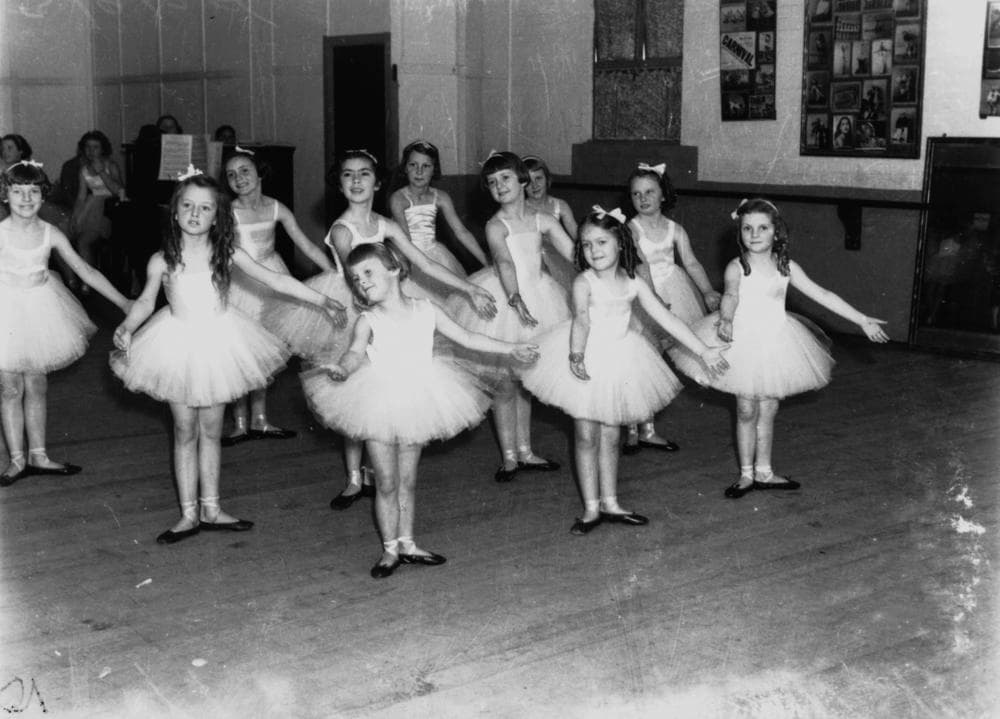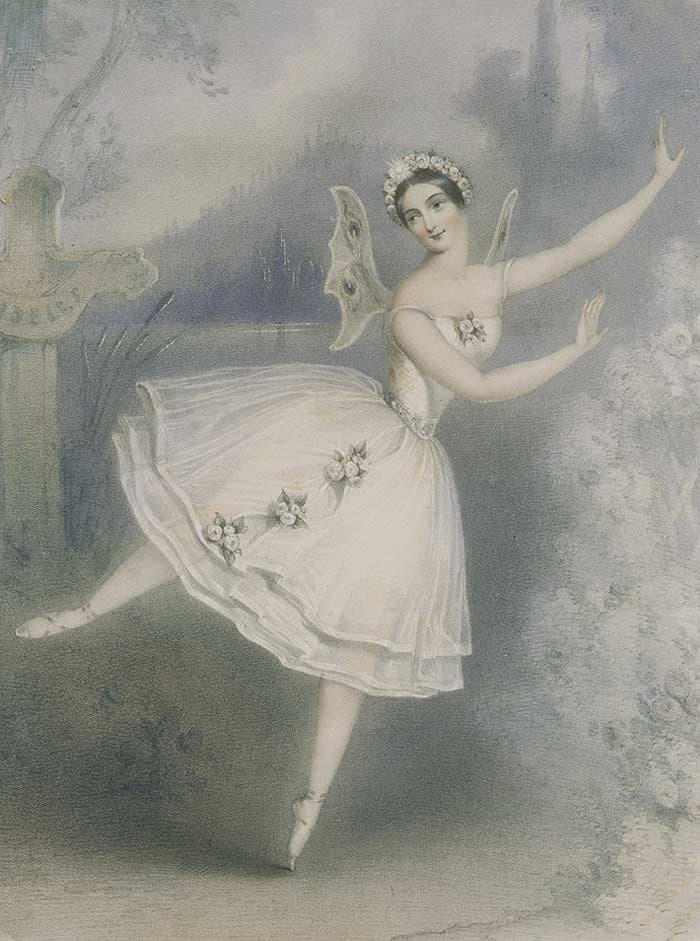While the Catholic Church celebrates “All Saints’ Day” on November 1, the arts community has decided to declare that very day the “World Ballet Day.” As such, we thought it might be fun to explore some of the origins of this particularly gracious dance form. And much of what we understand under the term “Ballet” today comes from the reign of King Louis XIV of France. So let’s get dancing!
Best of Ballet
The Backstory

Edgar Degas: “La classe de danse”
Early court ballets in Renaissance Italy mostly used noble amateurs, and they wore heavily ornamented costumes to impress the viewers. The problem was the costumes were so cumbersome that they severely restricted the dancer’s movements. Similar spectacles started to appear at the French courts, but ballet really first flourished with help from four dedicated and passionate individuals: King Louis XIV, composer Jean-Baptiste Lully, ballet master Pierre Beauchamps, and the playwright known as Molière.
Jean-Baptiste Lully: Ballet de Xerxes, “Air pour les postures de Scaramouch”
Louis XIV was crazy about ballet from a very early age. Even his birth was celebrated with the Ballet de la Felicite in 1639, and ballet master Pierre Beauchamps started his career as the personal teacher to the king. Coincidently, Beauchamps is also credited with coming up with the five fundamental foot positions from which all ballet movements move. Jean-Baptist Lully was born in Italy, but once he moved to France, he quickly became the favourite composer of Louis XIV. And Molière, also known as Jean-Baptise Poquelin, was the best-known comedic playwright during that time period.
Ballet de la Nuit

King Louis XIV
The “Ballet de la Nuit,” a royal ballet composed of 45 entries divided into four parts, was performed in the Salle du Petit-Bourbon on the evening of 23 February 1653. It was an extravagant court spectacle taking 13 hours to perform, as the story concerned the four Watches of the Night. The plot included mythological goddesses such as Venus and Diana, werewolves, demonic creatures, and witches who celebrated a black Sabbath in the horrors of the night. Shepherds, gypsies, thieves, lamplighters, beggars, and cripples are among the “realistic” characters of the play.
Ballet de la nuit (arr. S. Dauce) – Overture (Ensemble Correspondances; Sébastien Daucé, cond.)

Louis XIV in Ballet de la Nuit
The young Louis XIV made his appearance with the coming of the new day as the sun god Apollo, emphasizing the power of the monarchy and his closeness to the divine. The director of the ballet was Monsieur Clément, intendant to the Duke of Nemours, who designed the subject and the plan. Isaac de Bensérade composed the text, and the decorations of Giacomo Torelli were used, and preserved in the form of Cochin engravings. The music was composed collectively, notably by Jean de Cambefort, Jean-Baptiste Boësset, as well as Michel Lambert and Louis de Mollier.
Ballet de la Nuit: “Le roi danse”
Académie Royale de Danse
The establishment of the first dance institution established in the Western world marked an important landmark in the professionalization of dance. Founded in Paris in 1661, the Académie Royale de Danse was created by Louis XIV. He gave an elite group of 13 dancing masters the task of establishing standards of perfection. They met regularly to codify existing court and character dances and examined private and public dance teachers. Those who passed were given diplomas and appointed “Académicien de l’Art de la Danse.”

Young girls competing at the Royal Academy of Dance (London) in 1938
According to Pierre Rameau, it was Beauchamp, the principal choreographer at both the court and the Opéra, who codified the five positions of the feet. Even the Italians had to admit that they had no dancers equal to the task, and a critic writes, “there is great respect of the airs composed by Lully, as of the steps which has adapted to these airs … No theatre can represent a fight more lively than we see it sometimes expressed in our dances, and, in a word, everything is performed with an unexceptionable nicety.”
Ballet: Five Basic Positions
Académie Royale de Musique
For much of its history, the ballet was tied to opera. And it became institutionalised in Paris in 1672 with the formation of the first permanent professional dance troupe, led by Jean-Baptiste Lully, within the newly founded Académie Royale de Musique, also known as the Opéra. With the basic movement vocabulary already established, the Opéra-ballet grew as a genre of French Baroque lyric theatre. It contained lots of dance music, and plots allowed for comic elements, hence the involvement of Molière.
Jean-Baptiste Lully: Le Triomphe de l’Amour: Ritournelle pour Diane (Barthold Kuijken, traverso; Immanuel Davis, traverso; Arnie Tanimoto, viola da gamba; Donald Livingston, harpsichord)

Ballerina Carlotta Grisi in Giselle
The ”Paris Opera Ballet,” a company that still exists today, was initially entirely male, although professional female dancers had performed in court over the years. The first ballerinas took to the stage following years of training at the Académie in 1681, dancing in Lully’s ballet Le Triomphe de l’Amour. By the 18th century, the ballet established itself as an independent art, although many operas continued to include ballet. In the 19th century, ballet usually meant a spectacle accompanied by instrumental music, and the 20th century saw the emphasis on more abstract works set to pre-existing music not necessarily composed for dancing. And there you go, time to thoroughly enjoy “World Ballet Day.”
For more of the best in classical music, sign up for our E-Newsletter
